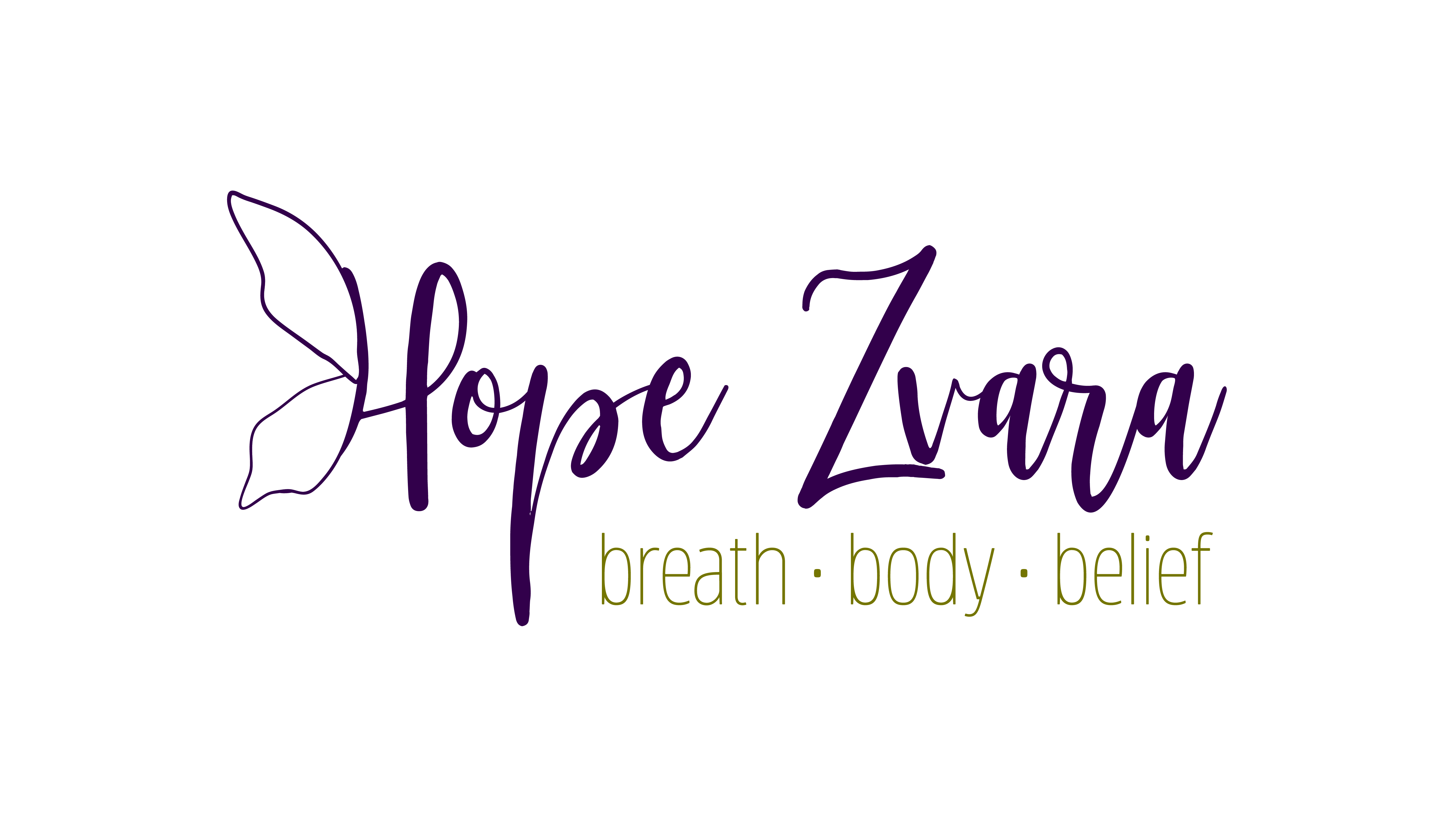We come to a yoga class or any fitness class and expect our bodies to feel better and our issues to be resolved. And we expect for the impossible to happen. But the only problem is no one is teaching us “how” to do what we are doing. When I first started yoga I knew “Mountain Pose.” But I never “knew” how to truly practice it. And if Mountain pose is the blueprint of other postures, what does that say about the rest of our practice? To be able to show up safely as a yoga teacher for our students, we must understand their limitations. We need to know if they have injuries & we need to walk them through the foundations of each pose. Not knowing this information is how your practice can hurt you.
I remember my first Pilates training – and I would not have called that a training. When we were “taught” the exercises, it was more a display of her “expertise” than actual teaching. I look back, and all I remember is peoples’ bodies flying every which way all over the room, people huffing and puffing trying to “keep up”.
Practice Safe, Effective, Mindful Movement
Whether you are a teacher, trainer, therapist, or just an avid yoga or fitness student, we need to start to take better care of our bodies and how they move. Having love and kindness to share is great and I teach that way as well, but that is not enough. We are “playing” with people’s sacred bodies and we need to be reminded of that. What we are having people do could be causing their poor posture, their shoulder problem, their SI joint discomfort. Because you teach yoga they assume “no it can’t be from that, they are a trained professional”. IT SURE CAN! And it very well could be.
When I teach, you will constantly hear heart-felt creative cues and deep spirituality spoken intentions set throughout class. But woven through that is safety, anatomy, what you should or shouldn’t be doing if you have certain limitations. I’m always sharing tips, ideas, and suggestions for how to make your practice safe, effective, and right for your body today. Mindfulness in movement is our responsibility as “fitness” (and yes, yoga falls under this umbrella) professionals to know this stuff.
What can we do?
If you are a student, ask questions.
Ask if your teacher is certified. If so, it better be in what they are teaching. Are they familiar with the body, with your injuries or limitations? If not, are they willing to find out more about them? In the class, are they showing variations? (what to do if X-Y-Z?) To stop if this if that happens? And most importantly, you should know why you are doing what you are doing. If it ever hurts, stop & clarify with the instructor what type of sensation you should have, and in what part of your body.
If you are a teacher or someone who is going to be a teacher, look at the value the training puts on anatomy and the body on how it is applied to the practice you are choosing. Finally, current teachers, if you have had a bad training experience, you have to say something. Otherwise, how will it change? The studio relies on your feedback to improve. Look for mentors that mirror your values and can teach more about the bodies you are playing with on the mat or in the classroom.
Good luck!


Can you be more specific about the content of your article? After reading it, I still have some doubts. Hope you can help me.